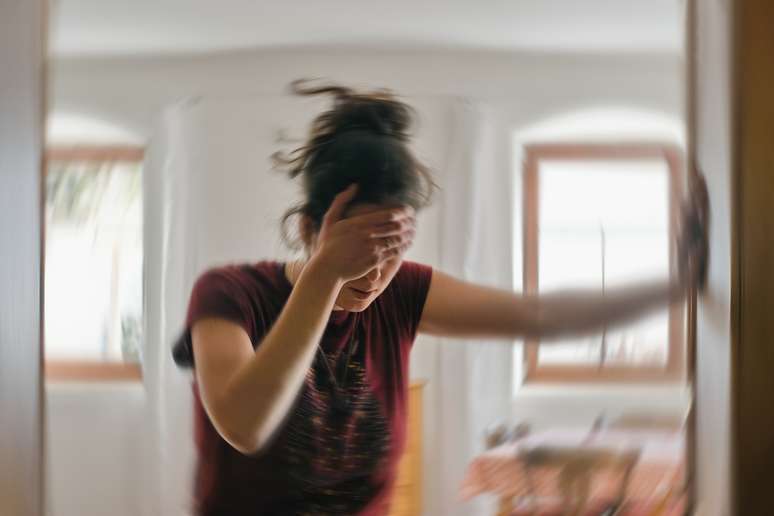The packaging of one of the most used insomnia remedies in Brazil will soon feature a black stripe
One of the most used medicines against insomnia in Brazil, zolpidem, will require prescription notification B (blue color) from August 1st. The decision by the National Health Supervision Agency (Anvisa) calls for greater control over the sale of the medicine. In practice it is worth saying that the packaging will soon feature a black stripe.
Before this decision, the lowest strengths of zolpidem, 5 mg and 10 mg, could be purchased with two-part blank prescriptions, which made them much easier to obtain. Even the highest dosages (12.5 mg) required dispensing in pharmacies only with a blue prescription.
Zolpidem was developed in the 1980s and sold from the 1990s onward as an apparently safer, lower-side-effect alternative to sleep inducers, relaxants, and anxiolytics known as benzodiazepines, a class that includes drugs such as diazepam, alprazolam, midazolam, among others. The initial appeal was that with this hypnotic the person would fall asleep easily, without feeling drowsy and lethargic the next day.
In Brazil, sales of zolpidem began in 2007. In 2011, approximately 1.7 million boxes were sold. The following year the volume increased by more than 40%. Between 2018 and 2022 the jump was almost 67% according to Anvisa. The latest available data indicates almost 20 million boxes prescribed each year, making zolpidem one of the best-selling medicines in the country.
In addition to zolpidem, other popular sleep medications, such as zopiclone and zaleplone, also require a prescription, which are part of the group of hypnotic drugs known as “Z drugs.”
Improper use and abuse of Z drugs
Anvisa’s change of position is in line with guidelines implemented in more than 80 countries and seeks to minimize the misuse and abuse of Z drugs. Many people buy the medicine without a prescription, borrow it by colleagues or family members or even by healthcare professionals who are not used to prescribing psychotropic drugs. To get the blue prescription the doctor must register for the health surveillance of the city in which he works, which translates into greater control.
Ideally, these drugs should be prescribed for a limited period to treat short-term insomnia, and periodic evaluations should be made regarding the form and timing of use.
Since their action is short-lived, it is not uncommon for people to increase the dose on their own to maintain the effects and end up developing addiction. Psychiatrists and neurologists are tired of seeing in their clinical practice patients who come to the clinic taking 15, 20, 30 pills a day, with withdrawal symptoms and, often, with reports of sleepwalking, amnesia and even delusions and hallucinations, which can also cause the person at risk of accidents and other forms of violence.
For the treatment of long-term insomnia, the ideal is to resort to cognitive behavioral therapy (CBT) sleep techniques, with effective changes that actually affect the quality of sleep and, when necessary, it is important to carry out a different sleep treatment conditions that could contribute to sleep difficulty, such as depression, anxiety, hormonal changes caused by menopause, among many other possibilities. The use of hypnotics (sleep inducers), be they Z drugs or benzodiazepines, should only be used in case of acute insomnia, for a maximum of 3-4 weeks and always under medical supervision.
*Jairo Bouer is a psychiatrist and writes weekly for Terra Você.

Zolpidem: discover the effect of the medicine that addicted Geraldo Luís and Fernando Zor
Source: Terra
Ben Stock is a lifestyle journalist and author at Gossipify. He writes about topics such as health, wellness, travel, food and home decor. He provides practical advice and inspiration to improve well-being, keeps readers up to date with latest lifestyle news and trends, known for his engaging writing style, in-depth analysis and unique perspectives.








